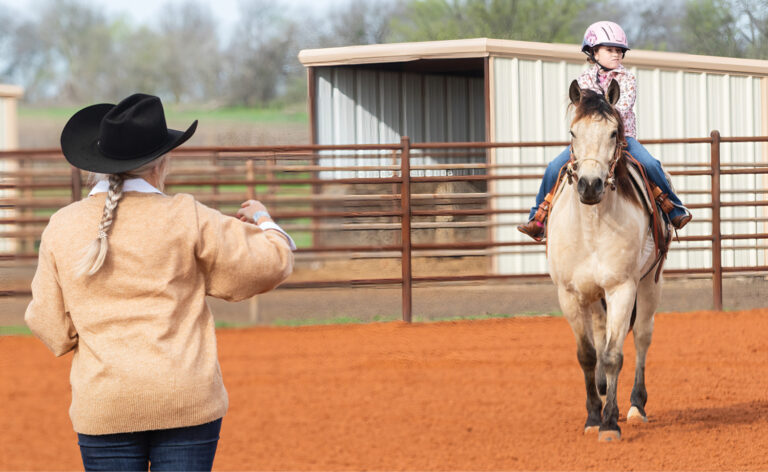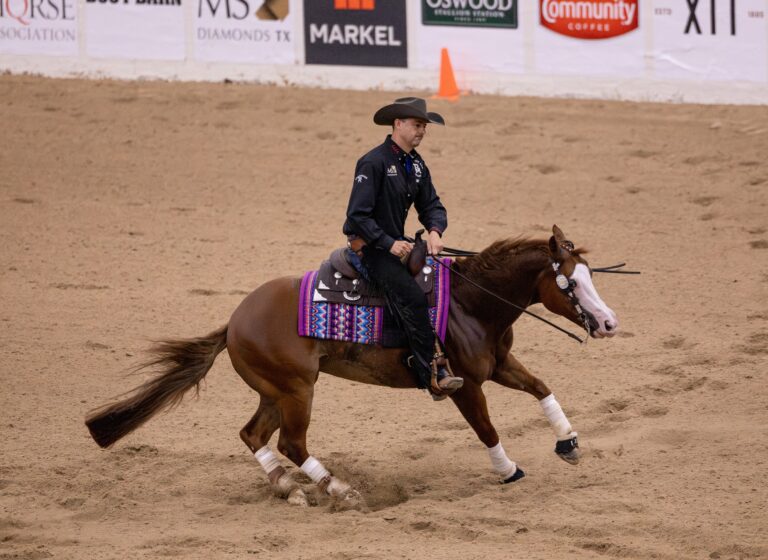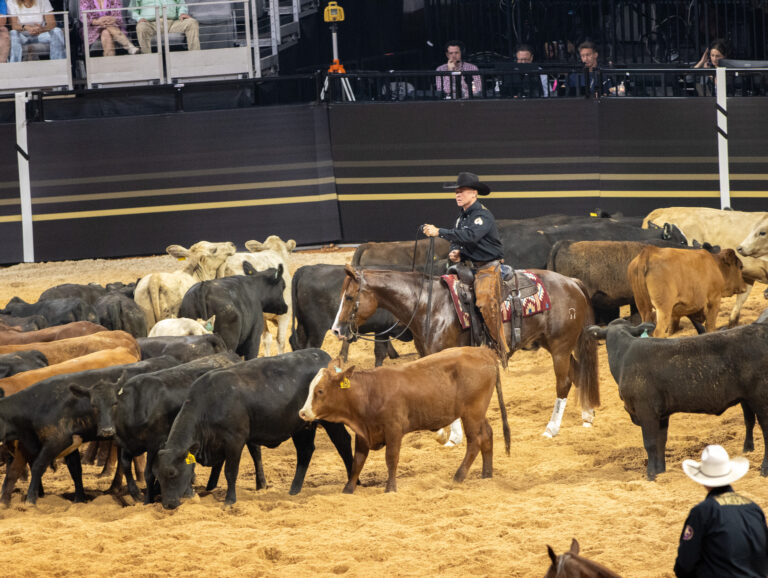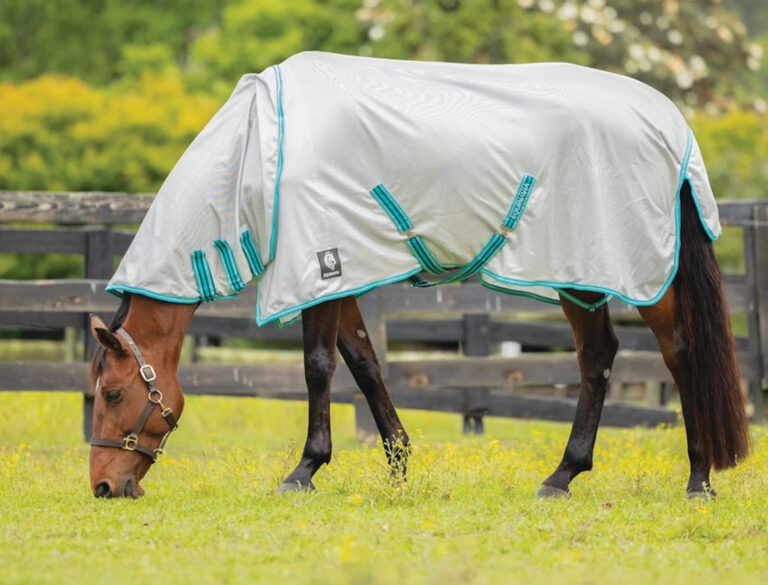Though horses have traditionally been “kid magnets,” many in the horse world worry that this dynamic may be changing. There are so many digital distractions and extracurricular activities available to youngsters today. Then, too, there’s the rising cost of horse ownership. Put these together, and horseback riding just isn’t as attractive to families as it once was.
Equine organizations are responding to this reality by mounting special campaigns to draw youngsters in (review our special report, “Of Kids and Horses,” at HorseandRider.com). But help is on the way from another front, too. It comes in the form of innovative horsemanship programs designed to reach youngsters who might otherwise never see a horse in the flesh.
These programs target inner-city kids, at-risk youth, military kids, and others.
Here, we present five such programs. We’re eager to give them the recognition they deserve, plus hold them up as models worthy of emulation. Not only are they using horses to improve the lives of kids, they’re also helping to create the horse enthusiasts of tomorrow.
And who can argue with that?

INNER CITY SLICKERS
The program: Inner City Slickers was founded in the early 1990s by Michael McMeel, drummer with the popular 1970s band Three Dog Night. Its mission is to introduce at-risk children and teens to horses and what the group calls cowboy ethics. “We give youngsters a new perspective on their ability to succeed in life regardless of the family dynamic they come from,” says Cindy Corwin, ICS executive director. Headquartered in New Tazewell, Tennessee, ICS has multiple locations nationwide, including California, Florida, Idaho, Iowa, Louisiana, Michigan, Nebraska, and Tennessee, with another coming soon in Missouri.
Fun fact: As its name indicates, ICS was inspired by the 1991 film City Slickers, starring Billy Crystal. When the movie came out, McMeel, who grew up on horseback in rural Colorado, had already been involved with bringing horses to a juvenile hall facility for the young residents to work with. “Horses are a humbling experience for everyone,” he notes. Around the same time, he made a commercial that involved kids and horses, and the idea for ICS crystallized.
How it works: Children from school, church, community, and law-enforcement programs are sponsored to attend Inner City Slicker ranches. There, they participate in activities designed to introduce them to horses and ranch life while promoting the Old West values of perseverance and hard work. Kids start bareback on gentle mounts, learning how balance on horseback equates to balance in their everyday lives. They also try their hand at roping and mechanical bull riding, and are responsible for mundane chores as well—such as “manure management.”
Challenges, goals: McMeel is developing a reality show based on the Inner City Slickers concept (working title: “Cowboy Up”), with a goal of spreading the word about the healing power of horses. “We won’t save all the kids who need saving, but we can do our part,” he says. “It’s about getting people off their butts and involved.”
Learn more: (423) 289-3820; innercityslickers.com.
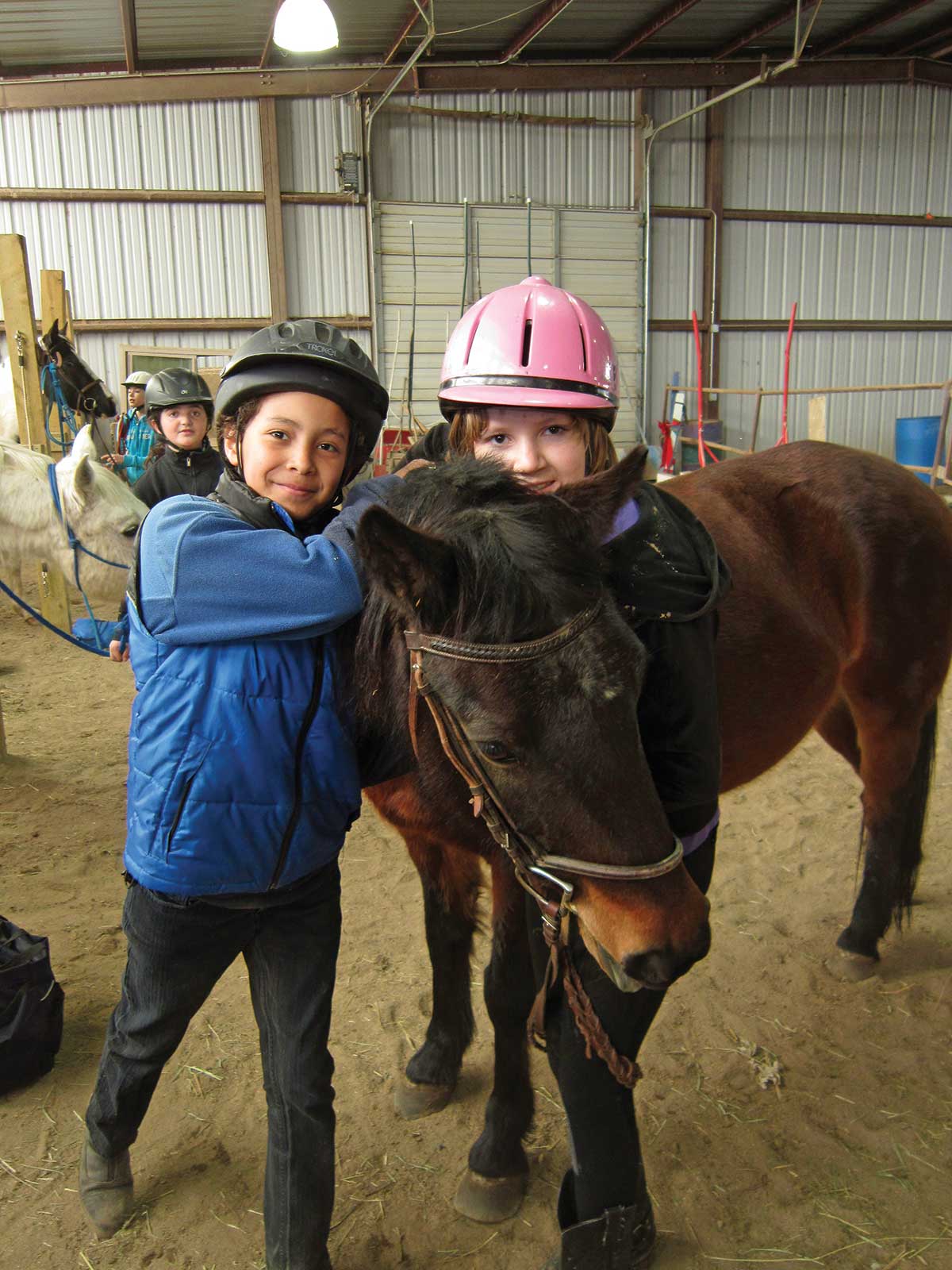
RIDING AT THE URBAN FARM
The program: Embracing Horses is the name of the riding program at The Urban Farm, a 19-year-old 501c3 nonprofit organization in Denver, Colorado. Its mission is to provide agricultural and environmental education to urban children, teens, and their families. Kids who might otherwise never see a horse receive riding lessons from certified instructors at the Farm; nearly 400 children and youth participate in Embracing Horses classes each year.
Success story: At least one Embracing Horses graduate has gone on to find a career in the saddle. Ryan Garlington rode at the Farm between the ages of 10 and 18. Then he attended Northeastern Junior College, graduating with an associate degree in equine management. He apprenticed with several trainers, and now works for reiner Tina Thurman in Shelley, Idaho. “I knew nothing about horses when I started at the Farm,” he says. “It gave me a great foundation in horsemanship, plus encouraged me to stay in school and out of trouble.”
How it works: The Farm, located on 23 acres of the former Stapleton Airport site, features a 20,000-square-foot indoor teaching barn and 24 horse paddocks. Work-exchange scholarships are available for families who can’t pay the full cost of riding class fees. In addition to riding lessons, children can participate in 4-H programs and the Children’s Garden, a junior version of the Farm’s popular Community Garden.
Challenges, goals: The Urban Farm is in a constant battle for funding. A dedicated staff, motivated kids, and hundreds of volunteers initially transformed a weedy, overgrown property into an education center now home to more than 150 farm animals. “We persist because the results are so worthy,” says co-founder Donna Garnett. “The connections made between the kids and the horses are life-changing. I’ve seen youngsters find purpose, peace, and passion—all because of their relationship with these incredible animals.”
Learn more: (303) 307-9332; theurbanfarm.org.
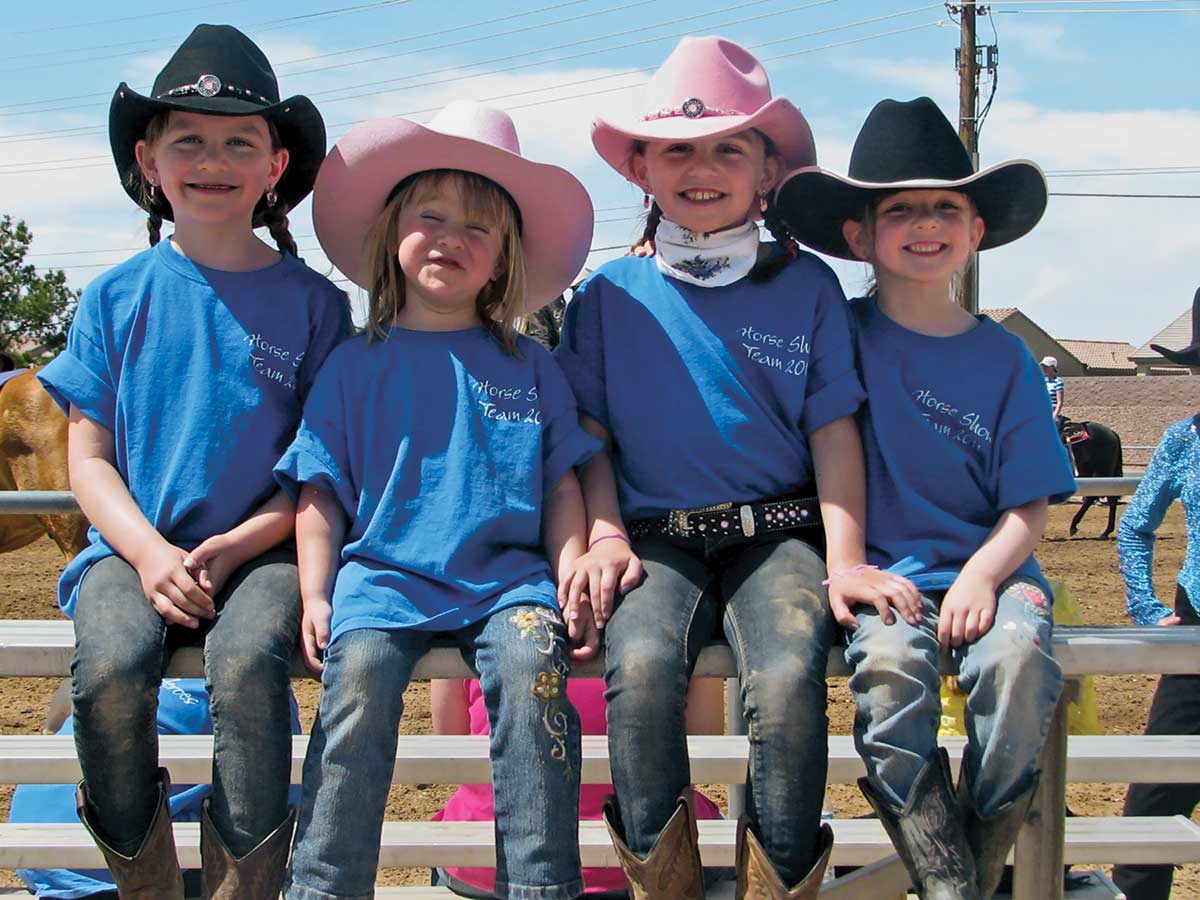
HORSES FOR HEROES’ KIDS
The program: Horses4Heroes was founded in 2006 to make affordable horseback riding available to active-duty service members, veterans, “first responders,” and their families, as well as at-risk youth and individuals with special needs. The Las Vegas-based organization today has over 200 facilities in 43 states and Canada. “We’re bringing a brand-new group of people into the horse world, getting families excited about horses and making it fun and affordable,” says founder Sydney Knott.
How it works: A network of kid- and family-friendly barns offers programs ranging from “Mommy and Me” classes for the youngest children to weekly lessons that lead to horse-show competition; offerings vary from facility to facility. A one-time fee of $25 per family gives access to the participating barn’s facilities and special events, plus discounts on riding helmets. Fees for lessons, camps, and other activities vary but are guaranteed to be less than those charged to the public.
Quotable quip: Changing mindsets is part of the group’s aim. “One little girl told me her pilot father said she couldn’t take riding lessons because she’ll never own a horse,” reports Knott. “My response was, ‘Then maybe you should suggest that your dad stop playing golf—because he’ll never own a golf course.’”
Spreading the word: In a related effort, Horses-4Heroes and the Armed Forces Foundation, a Washington, D.C.-based nonprofit, have collaborated to create Operation Free Ride, a national initiative to provide one free horseback ride to active-duty military personnel, veterans, “wounded warriors,” and their families (operationfreeride.com).
Learn more: (888) 987-4376; horses4heroes.org.
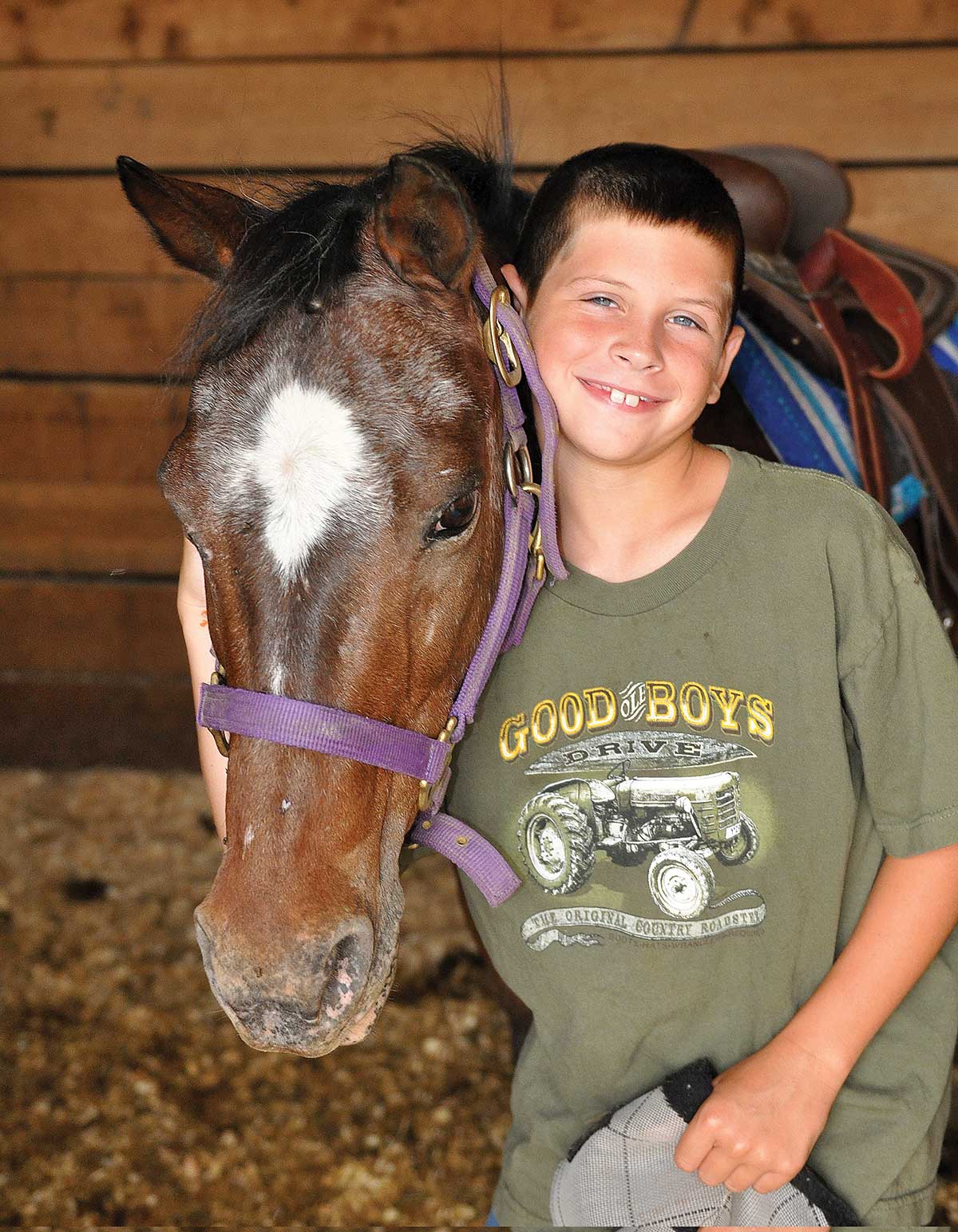
OUTREACH AT SUMMERWINDS
The program: SummerWinds Stables was incorporated as a nonprofit equine rescue in 2001, with locations in Hartly, Delaware, and Warwick, Maryland. In 2003, SummerWinds established an equine-assisted learning program that draws in local youngsters to help care for and work with the horses. The program has grown since then, and now includes hands-on instruction covering everything from care basics through natural horsemanship.
How it works: The learning program pairs children from local schools, church groups, foster care, and Scout clubs with rescued horses for special activities, camps, and weekly sessions. Some children participate in shows as well, riding the rescued horses. “The idea for involving youngsters came when we observed how the responsibility of caring for a horse every day gave a child who was volunteering at the time something to look forward to other than drugs or a broken home,” explains founder Elena DiSilvestro. “We saw the magic between horse and child and knew we could help other kids, too.”
Broad scope: The program introduces a wide range of local children to horses. “Some of our kids come from state and local care agencies, others are privileged and well-off,” explains DiSilvestro. “But kids are kids. When they work with us to help bring back an injured or abused horse, you see the light begin to come back on in their eyes.”
All of SummerWinds’ programs are designed to foster teamwork and provide active learning experiences.
Related success: DiSilvestro also coaches the intercollegiate horse show team at Washington College. “We use the rescued horses for that, too. The other colleges teased us at first, but no longer. We’re changing how people view these horses,” she adds with pride.
Learn more: (302) 382-4709; summerwindsstables.com.
HARMONY FOR AT-RISK TEENS
The program: Successful reining competitor and judge Saskia Bremmers has created a horsemanship program that brings at-risk youth to her busy barn for weeklong sessions of Western riding and esteem building. “Most of the kids aren’t even horse-crazy until they get here,” says Bremmers, whose Harmony Ranch spans 50 acres of forests and fields in Schomberg, Ontario, Canada. “We plant a seed by helping them learn empathy, responsibility, verbal and nonverbal communication—all the amazing things you can learn from horses.”
How it works: The program draws teens—a maximum of six per session—from Salvation Army and Pathways youth programs. The kids receive daily riding instruction and participate in interactive horse activities, games, and hands-on horse care; two coaches and two assistants provide guidance and support. “It’s all aimed at giving these kids a framework in which to develop partnership skills, social awareness, and confidence building,” says Bremmers.
Success story: Harmony Through Horsemanship, as it’s known, began as a fee-based program, with one sponsored student per year. In 2012, however, Bremmers worked with local business leaders to provide full sponsorships for all the participants. “It really shows you the kind of community we live in—there was no hesitation about getting this done,” she says with satisfaction.
Challenges, goals: Harmony Ranch held two weeklong sessions in 2012; the goal is to be able to provide additional sponsored sessions going forward. “We’d love to be able to offer year-round opportunities for these youth,” notes Bremmers. “It helps them, and it spreads the word about how great horse involvement truly is.”
Learn more: (905) 936-9611; learn-all-about-horses.com.

